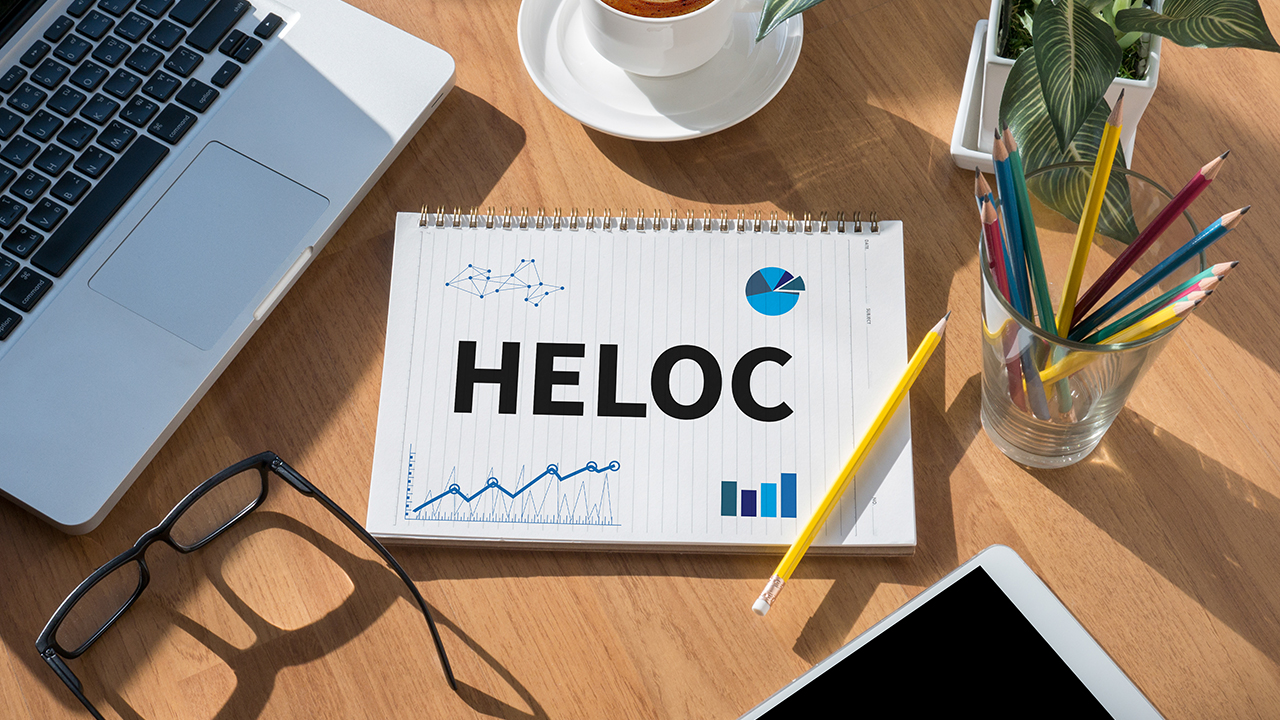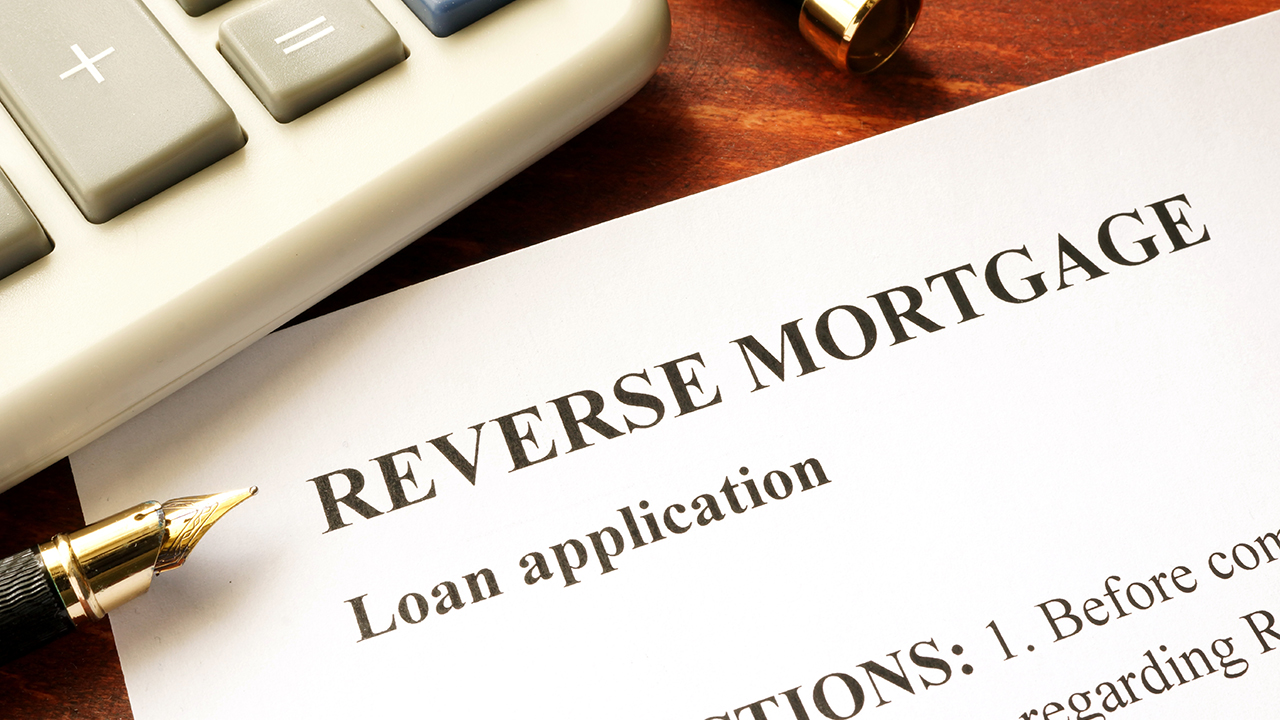
If you’ve got a big expense to pay for, you may not necessarily have to take out a personal loan if you don’t have the liquid cash to cover it. Instead, you may be able to pay for the expense with the equity you’ve built up in your home, if you have any.
If you owe less on your mortgage compared to what your home is currently valued at, then you have equity in your home that you can tap into if you need a big chunk of liquid cash. Maybe you want to put in a pool, gut the kitchen, or even take a big vacation. Whatever the reason for your need for the cash, your home’s equity might be just the source to get it from.
Here are some ways to pull the equity out of your home.
1. Second Mortgage
Also frequently referred to as a home equity loan, a second mortgage essentially means that you’re taking out another mortgage on top of your existing one, which will come with its own terms, amortization period, and interest rate. It’s the simplest way to tap into your home’s equity, and is paid out in a lump sum.
Like your first mortgage, you’ll be paying back the loan in equal installments with a fixed rate, typically over 15 years. Once you have paid it off in its entirety, you will no longer have access to your equity from that particular loan. If you ever need more cash in the future and would like to go this route, you would have to take out another second mortgage at that time.
2. Home Equity Line of Credit (HELOC)

Unlike a home equity loan, a home equity line of credit (HELOC) provides you with revolving credit, which means you can tap into the equity over and over again as you need it, up to a certain limit. Your HELOC will expire at a date determined by your lender, and the interest rate attached to it is typically adjustable, which means it may fluctuate over the course of the loan.
Rather than interest being charged on the entire available equity, only the money you withdraw from your home equity will be charged. As you pay that borrowed amount down, you can continue to borrow it on a revolving basis.
If you take out the entire equity amount out at once and have only been paying the interest portion over the first 10 years of the HELOC, the loan will change over to a payment combining both principal and interest over the following 20-year repayment period.
This is a very flexible loan arrangement, and works similar to a credit card in that money can be drawn upon when needed and paid back over the course of the loan period, and it does not typically come with any closing costs. However, if the value of your home decreases at some point for whatever reason, your lender may reduce the credit line to the balance that you currently owe, which means you would no longer be able to make further withdrawals.
3. Cash-Out Refinance
Unlike a home equity loan – which is essentially a second mortgage – a cash-out refinance involves taking out a new first mortgage loan that you can use to pay off another mortgage. With this funding arrangement, you would refinance your home for a bigger amount than what you currently owe on your existing mortgage, and the difference can be taken as cash.
Cash-out refinances are often more expensive than the other alternatives in terms of closing costs are concerned, but they can be added to the loan rather than having to pay them upfront.
4. Reverse Mortgage

Homeowners who are age 62 and above may be eligible for a reverse mortgage – also referred to as a ‘home equity conversion mortgage’ (HECM) – which allows borrowers to tap into their homes’ equity. These loan types are backed by the Federal Housing Administration (FHA) and are typically used by seniors to cover the cost of health services throughout retirement.
Aside from age, the only other requirement for approval is the equity in the home. There are no income or credit requirements for HECMs. No monthly payments are required, and the equity may be available in a lump sum, a monthly annuity, or a credit line. They may be used for first or second mortgages on the home.
A reverse mortgage is repaid when the homeowner sells the home or when the property ceases to act as the primary residence for at least 12 months. Homeowners cannot borrow more money than what the home is currently worth according to market conditions. As such, the home may need to be appraised prior to a reverse mortgage being approved.
It should be noted that the closing costs associated with reverse mortgages are typically higher than other types of loans because the mortgage insurance premium (MIP) fee needs to be paid upfront. There is also the annual mortgage insurance premium that needs to be paid yearly, which is 1.25%.
Heirs of homeowners should be aware that reverse loans need to be repaid, typically within six months, when the homeowner no longer lives there or passes away. Oftentimes the loan is paid off with the proceeds from the sale of the home.
The Bottom Line
Homeownership certainly comes with its perks, and pulling the equity from the home to fund large expenses is just one of them. If you’re in need of a lump sum of cash to cover a big cost, tapping into your home’s equity may be a viable option. Be sure to speak with your mortgage specialist to find out which option is right for you.